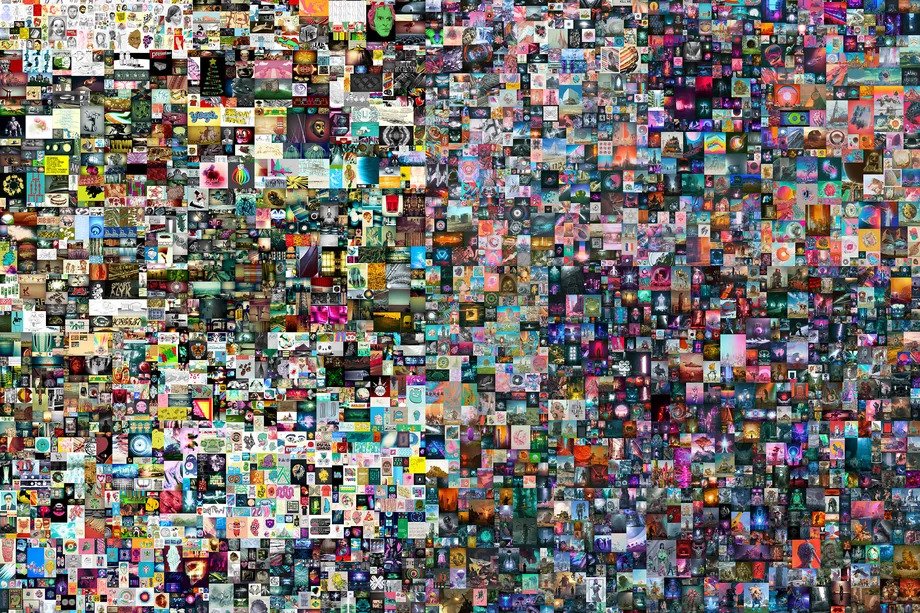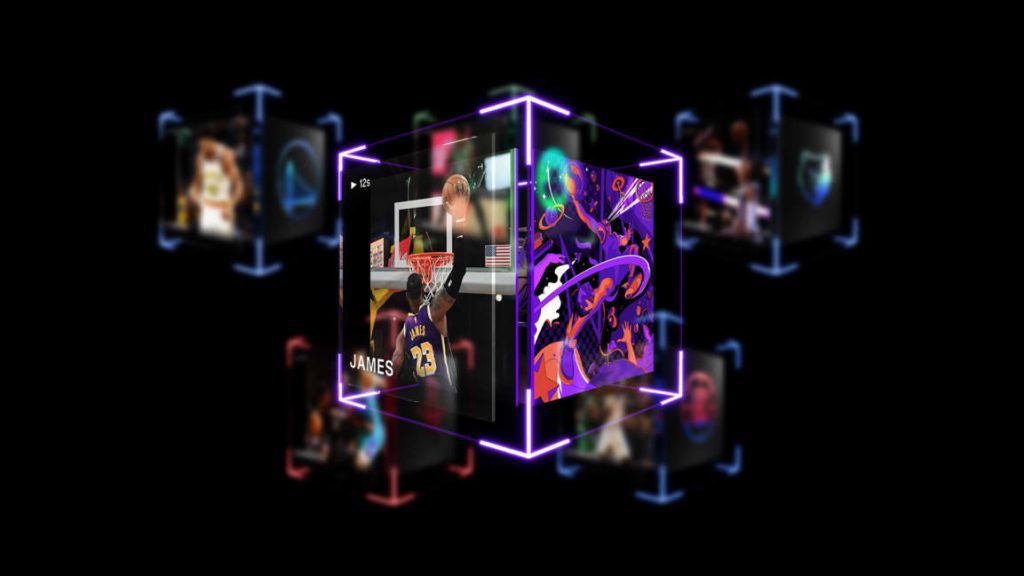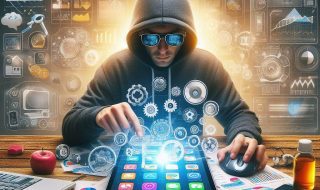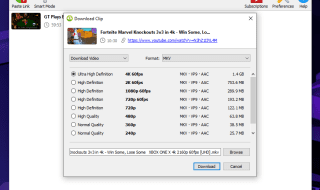
You probably know by now that digital artist “Beeple Crap” sold an NFT (non-fungible token) for 69.3 million dollars last March. The auction was managed by Christie’s, and the object of desire was a digital collage titled “Everydays: The First 5,000 Days”. Beeple Crap, whose real name is Michael Joseph Winkelmann, is a 39-year-old graphic designer in South Carolina. He is now one of the top three most valuable living artists, with Jeff Koons and David Hockney. The NFTs were projected to glory overnight, and a booming market was born. Lovers of exciting innovations are hopping on the bandwagon. NFTs apparently provide the same type of excitement that you can get from using promo codes online betting opportunities to enjoy the thrill of a risky adventure. But what are NFTs, and what can you expect of them?
NFT The Next Big Digital Art Trend?

Being digital art is part of their nature, but it is much more complicated than that. Sure, you can create art that is exclusively digital. “Beeple Crap” insists that his work, in JPEG format, has “as much craft, message, nuance and intent as anything made on a physical canvas.” Music, video, texts…. all this can be created and made available in digital format and on the Internet — nothing new here. NFTs are not the actual art piece, though; they are tokens. Unique pieces, inserted in a blockchain, usually the one of the cryptocurrency Ethereum. They have to be “minted” like cryptocurrencies, i.e., they are coded in the blockchain in such a way as to prevent tampering with them. Hence the definition of “non-fungible” that sets them apart from cryptocurrencies. Bitcoins, for example, are individually unique, but this is irrelevant to their purpose, as any one Bitcoin can be used just like any other Bitcoin. Art pieces, on the other hand, are unique.
And yet, you can still get copies of them quite easily. So, what do buyers of NFTs actually purchase?
Rare Items in The Digital Age

Rarity. More precisely, unicity. Someone may think that such an intangible asset could never fetch these astronomic prices. And yet, it is happening. The items that are adequate to be converted into NFTs are collectibles because unicity is what collectors seek. Not by chance, the NBA has just launched its series of NFT cards, since licensed sports cards are among the most popular collectible items. Some tech commentators suggest that video games could soon introduce the new technology to sell their virtual in-game items as NFTs.
In the meanwhile, online NFT marketplaces are popping up everywhere. Anyone can try their hand at “minting” an NFT from a piece of digital art and put it up for sale. If you think you will make millions easily, take care! First, there are costs involved, just like mining crypto coins. The technological procedure is the same, with high energy consumption. There are also emerging concerns about the potential environmental damage that this new virtual gold rush could cause. Apart from that, collectors are whimsical. Someone did spend 2.9 million dollars to buy a simple first published tweet by Twitter CEO Jack Dorsey (“just setting up my twttr,”). But this does not mean that someone would spend as many as 5 bucks to buy a photo of your breakfast, just because you have turned it into an NFT.





